The Challenge: Purchasing a first home is an important milestone for most people. In Toronto, as real estate prices soar, condominiums are quickly becoming the popular alternative to a traditional house. However, many people are either misinformed about condominiums, or simply do not have enough knowledge about the in's and out's of condominium purchases.
-
Condo 101
PowerPoint Presentation
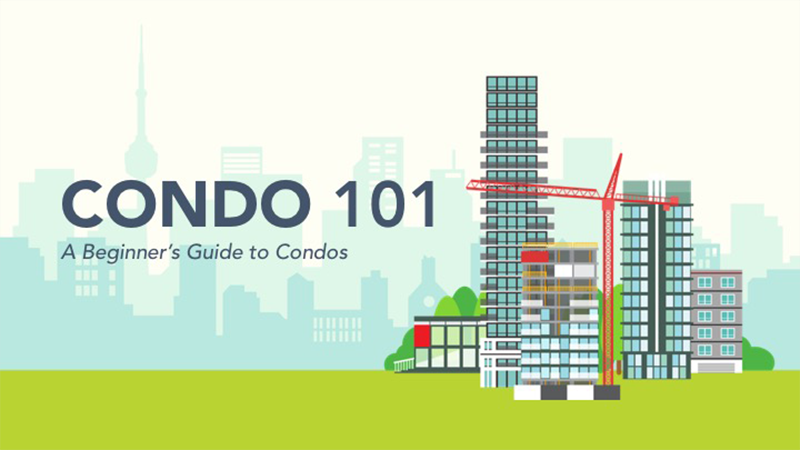
-
Type 2 Diabetes
Discussion Aid
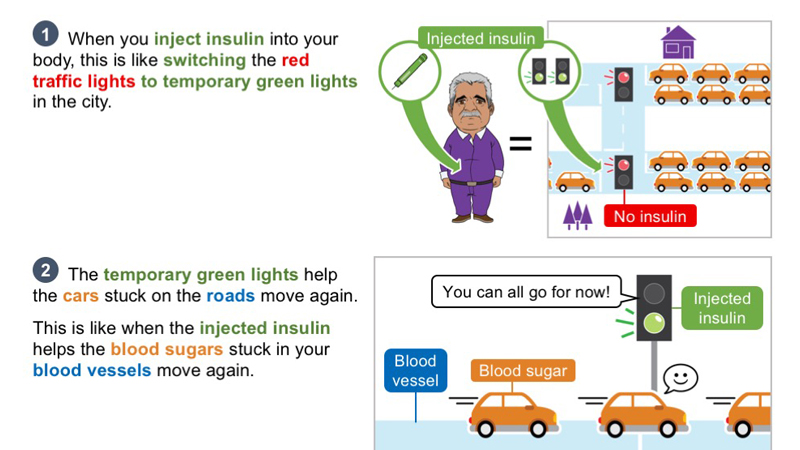
The Challenge: The diabetes clinic at the Montefiore Health Centre in the Bronx faces high re-admission rates with their adult patients living with type 2 diabetes. The demographics the clinic serves within their community often present many barriers to effective self-management, such as little or no English literacy, low income, low health literacy, or cultures that have non-diabetic friendly diets.
-
Nutrition Center
Educational Materials
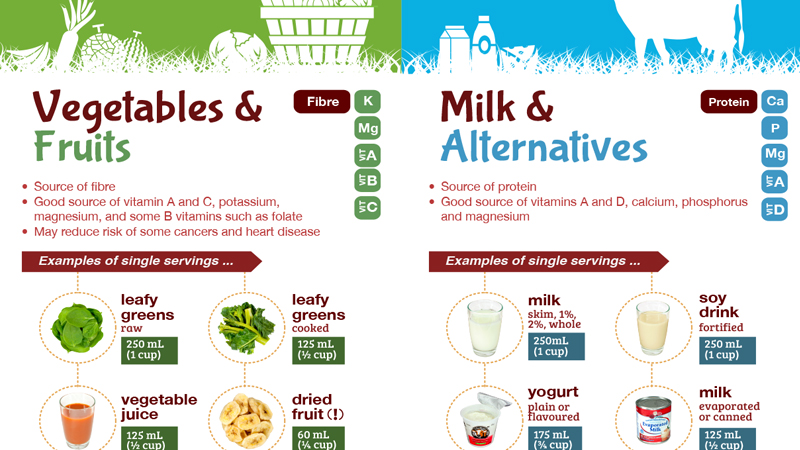
The Challenge: Food plays a vital role in our lives, and yet many of us lack the knowledge about nutrition to make informed decisions about what we feed ourselves and our families.
-
Monarch's Mission
Emotional Literacy Education
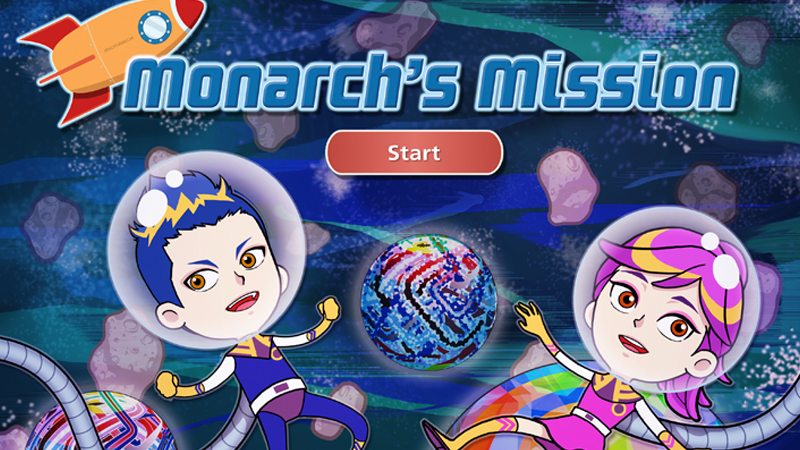
The Challenge: Suicide affects people of all ages. Many children are often not well supported in developing emotional literacy—the key in allowing them to identify emotions in not only themselves but also others.
-
SIDS
Educational Handout
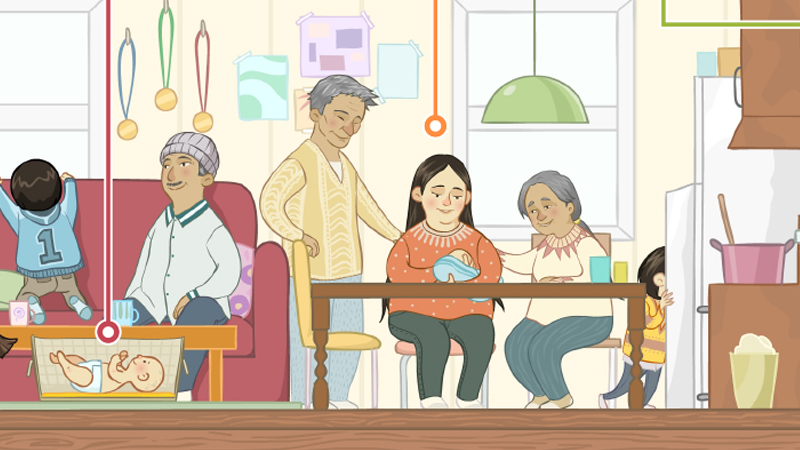
The Challenge: Sudden Infant Death Syndrome, or SIDS, is the unexplained death of a baby less than a year of age while they are asleep. The Inuit of Nunavut currently experience some of the highest rates of newborn and infant death in Canada, but educational material designed to speak to this population is limited.
-
Transplant in Teens
Interactive Modules
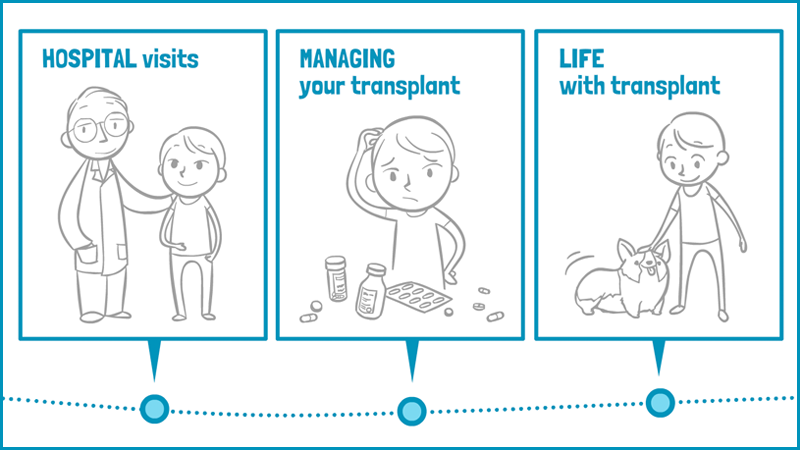
The Challenge: Transplants are complex processes that require extensive preparation, multiple procedures, a large team of healthcare providers, and disciplined post-surgical self-monitoring. Teens are often scared when they first learn that they need to have a transplant and may lack the knowledge and confidence that they need.
-
Hemophilia in Teens
Educational Materials

The Challenge: Teens living with hemophilia will eventually have to switch from a pediatric clinic to an adult clinic. This transition impacts both teens and their families. Not only will teens have to adjust to a new care team in a new location, but they will also need to learn to be more independent, confident, and responsible in their own hemophilia care.
-
Speaking to A Few
Blog Post
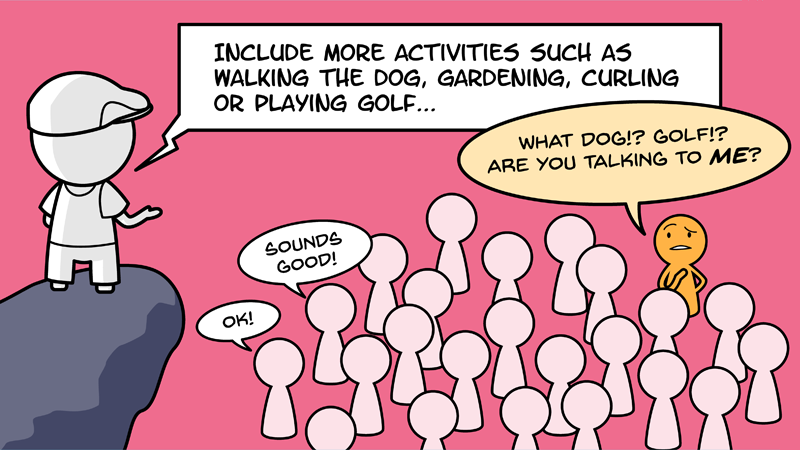
The Challenge: Patient education materials contain many assumptions about the people who read them. Agencies craft them to speak to as broad an audience as possible, usually writing them in plain English and using multi-cultural photography. But what about the people who these materials don’t speak to?